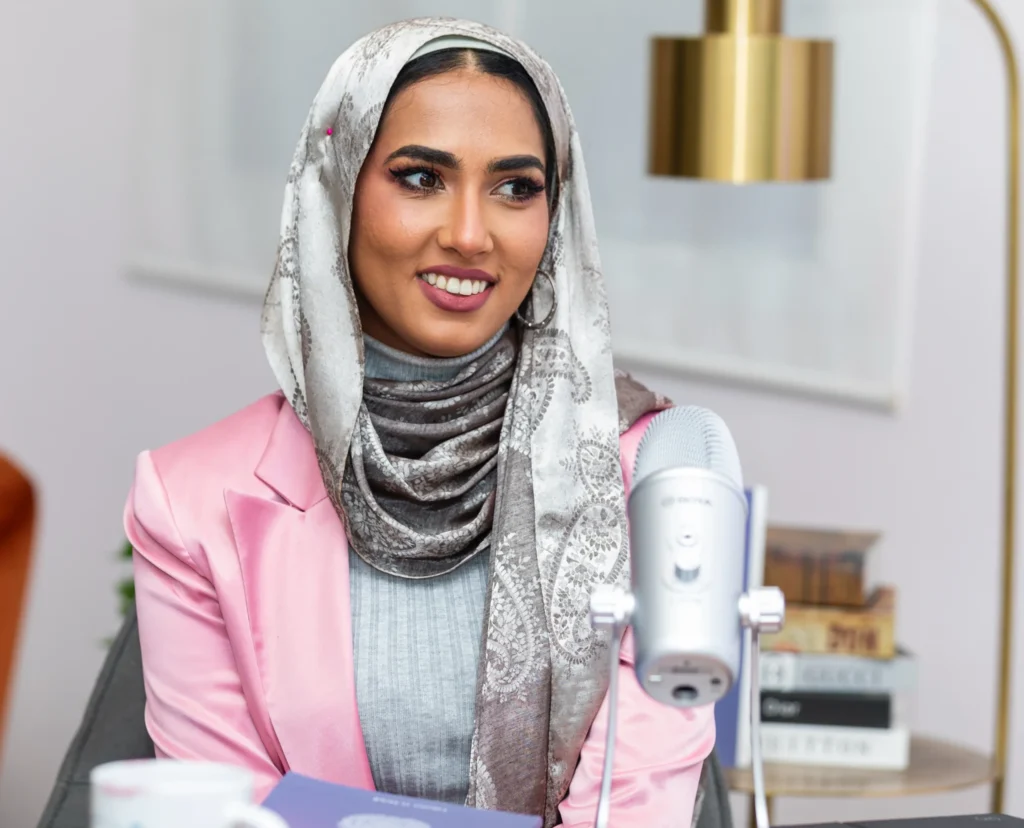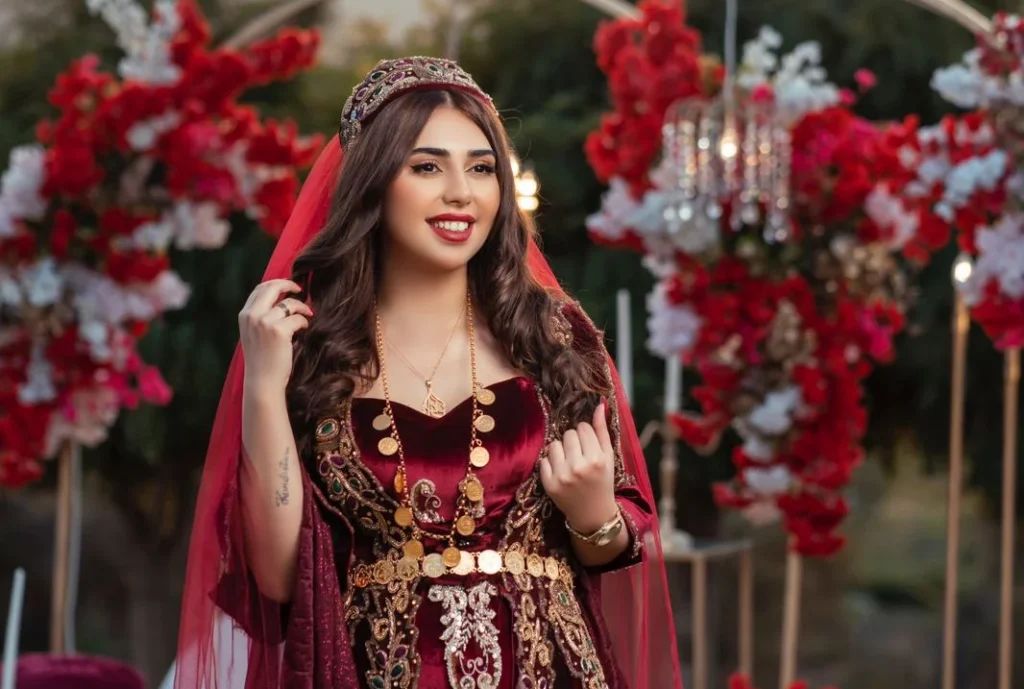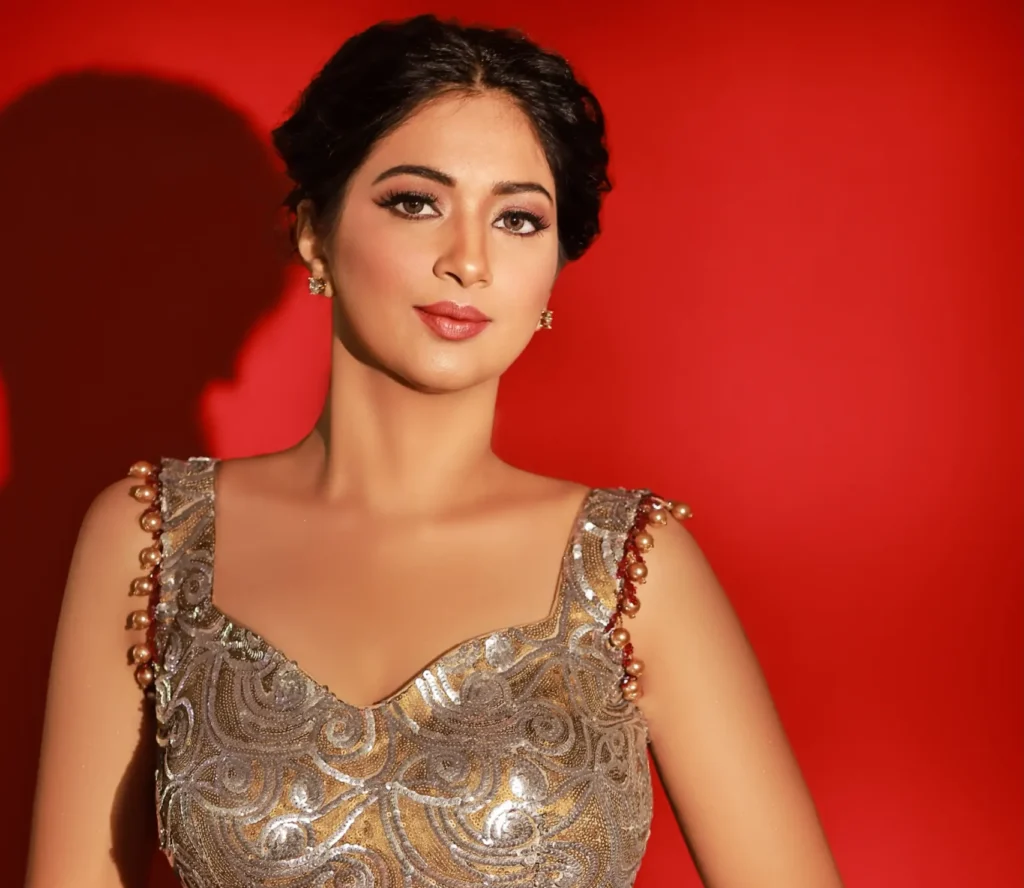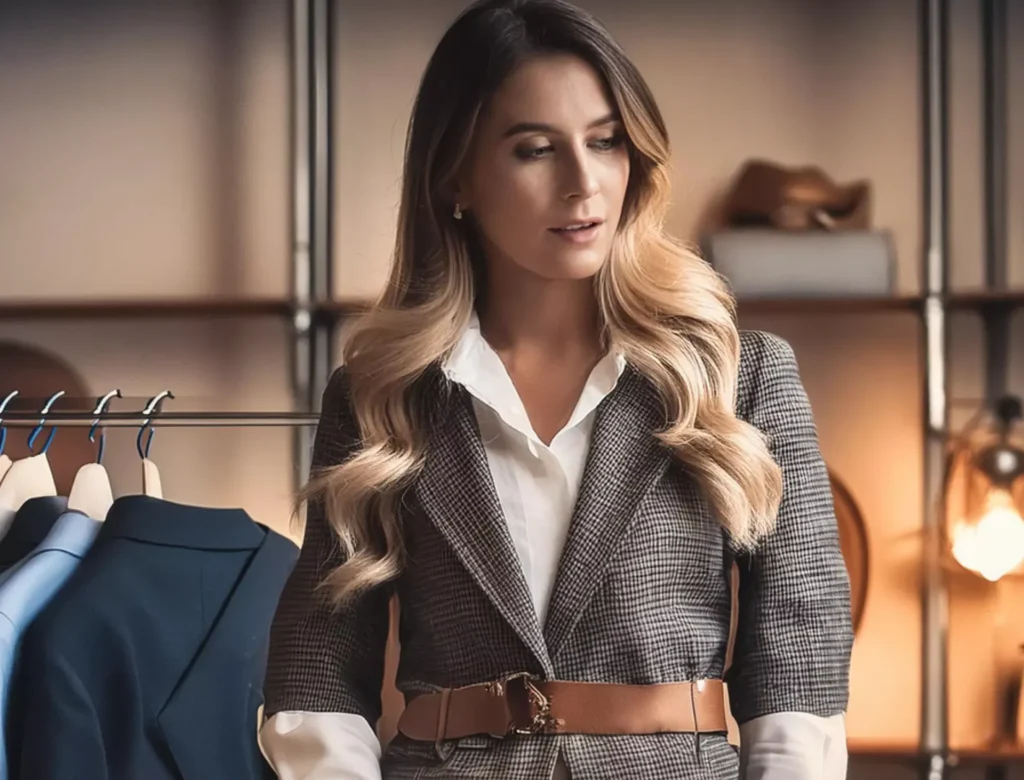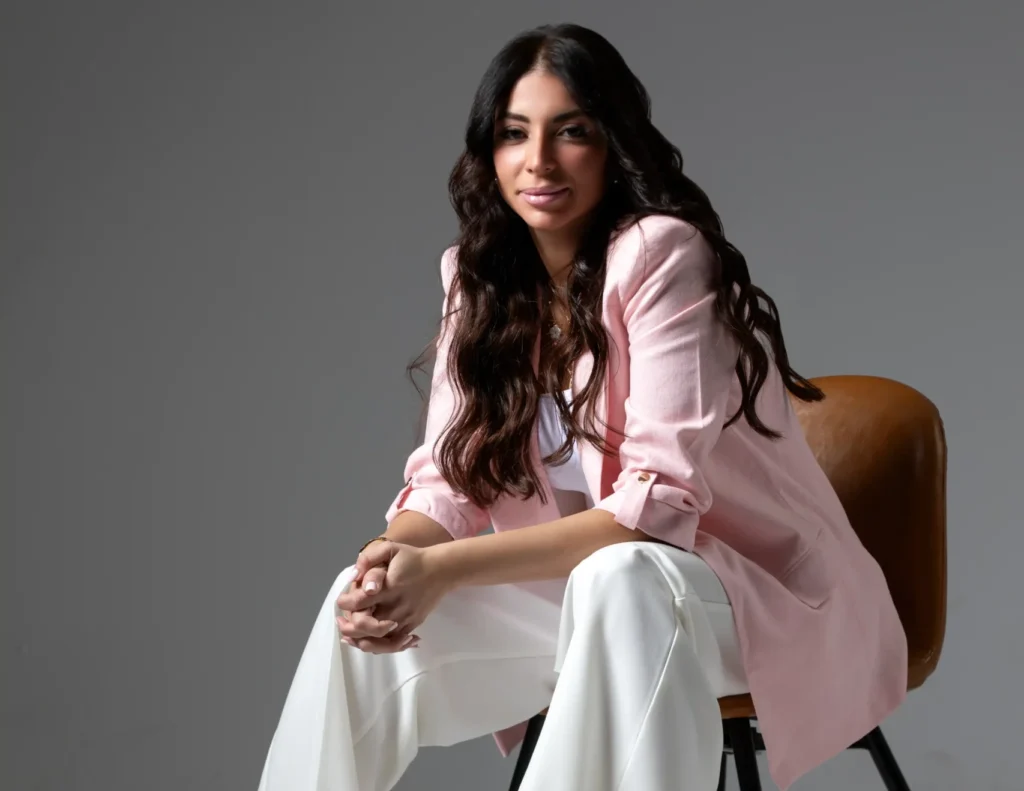The Visionary Leadership of Fatema Dewji Business and Beyond
The Visionary Leadership of Fatema Dewji Business and Beyond By Prerna Vipul Kakad In the fields of marketing and corporate leadership, Fatema Dewji stands out as a beacon of empowerment, creativity, and achievement. With over a decade of experience as a founder, author, and marketing executive, Fatema has carved a niche in brand management, marketing strategy, empowerment, and personal development, particularly within the fast-moving consumer goods (FMCG) sector. Building a Foundation in Tanzania Fatema’s journey began after she graduated from Georgetown University with a degree in finance and management. Returning to Tanzania, she initially managed the finance division at MeTL, one of Africa’s largest business houses. Her role in the oil refinery sector, though essential, felt monotonous, prompting her to seek a more dynamic and engaging career path. Determined to bridge this gap, Fatema founded a marketing division within MeTL. Thirteen years ago, she embarked on this journey with a vision and a single designer. Today, she leads a team of over 70 talented individuals, transforming MeTL’s marketing strategy and establishing a strong, recognizable brand. Author and Influencer Fatema’s influence extends beyond marketing. Her published works, including “Marketing for an African Powerhouse,” “Storyteller: Build a Story for Your Brand, Capture Hearts and Transform Your Business,” and “The Alchemy of Self Love,” have become best-sellers and are incorporated into curricula at prestigious universities such as Harvard and Georgetown. A sought-after speaker, Fatema shares her experiences and insights on platforms like Forbes Africa, CNBC, and TEDx. Her dedication to female empowerment is exemplified by her program, Educate, Empower & Inspire, where she narrates the stories of African women. Her podcast, “Micro Moments of Self Love,” furthers her mission of encouraging self-improvement and self-care. Championing Africa’s Youth and Business Growth Fatema is passionately dedicated to Africa’s youth. She has conducted hundreds of workshops on personal development, business growth, and marketing, training the next generation of leaders. Her significant contributions to the continent’s economic advancement are recognized by her inclusion in the Choiseul 100 Africa ranking for three consecutive years. Fatema’s academic credentials include a Bachelor of Science in Business Administration from Georgetown University, where she double-majored in Management and Finance. This strong academic background, combined with her real-world experience, underpins her thought leadership, which she shares through her blog on personal growth, leadership, and marketing. Innovative Projects and Community Initiatives As the director of marketing for MeTL Group, Fatema has spearheaded over 70 successful product launches, managing more than 1,000 items across 25 divisions and creating 150 brands. Her focus on customer satisfaction and value for money is evident in the delivery of high-quality products and services. Her love for learning and empowering others inspired the creation of Bloom Hub, a STEM learning facility for children aged five to sixteen. Bloom Hub offers classes in robotics, coding, and 3D printing, combining creativity and technology to inspire young minds. Under her leadership, Bloom Hub has become a premier STEM learning facility, fostering an environment where children can dream big and develop essential life skills. Fashion and Sports Leadership Fatema’s fashion brand, FD The Movement, empowers individuals to break stereotypes and societal expectations. The brand’s mission is to inspire self-improvement and positive change through aspirational clothing. Each piece is designed with powerful affirmations, promoting a mindful approach to achieving goals and boosting confidence and positivity. As the matron of Simba Queens, the champions of the Tanzania Women Premier League (2023-24), Fatema is committed to empowering players both on and off the field. Her efforts in securing sponsorships and promoting the team ensure continuous support and development, highlighting her dedication to uplifting women through sports. Keys to Success: Versatility, Hard Work, and Lifelong Learning Fatema believes in the importance of adaptability, hard work, and lifelong learning. She emphasizes the need for a flexible mindset to find innovative solutions and navigate challenges. Enjoying the journey is crucial, as the process itself builds character and resilience. She advises aspiring leaders to seek mentors who can guide them through their chosen fields. Personal growth, characterized by hard work, resilience, and accountability, is paramount to success. Empowering Success, Inspiring Change Fatema Dewji’s journey is a testament to her innovative leadership, steadfast commitment, and significant impact on business and beyond. Her relentless pursuit of achievement, empowerment, and greatness continues to inspire and transform lives across Africa and beyond.
